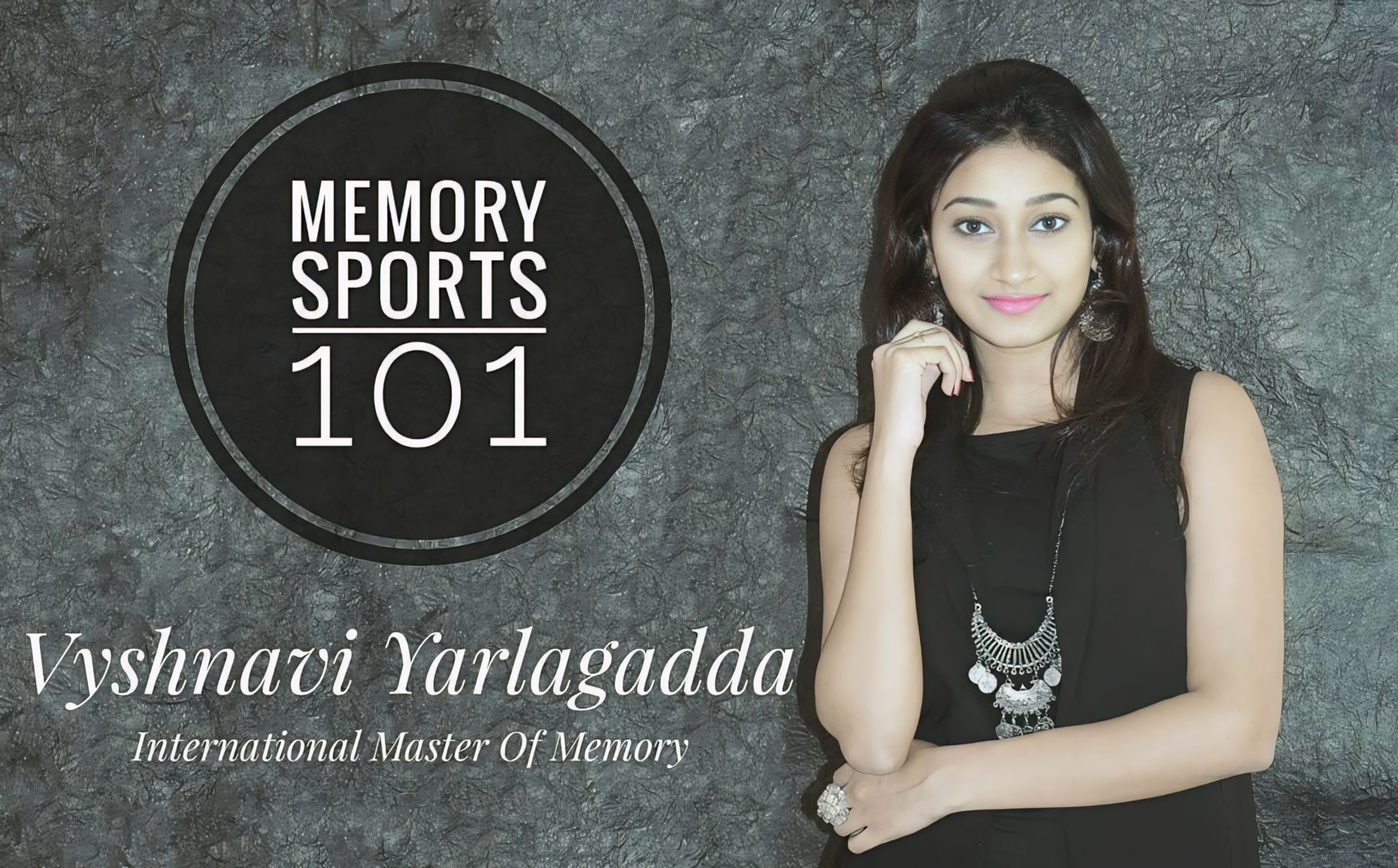THE POWER OF STORIES AND ABSURDITY
From Images to Stories: The Memory Athlete’s Secret Weapon

Let’s dive straight into the most interesting and fun part of memory sports – creating stories! Our brains love a good story, whether it’s a novel, a movie, or even an experience shared by someone. Storytelling activates multiple areas of the brain, triggering emotional, sensory, and logical responses, making the information more immersive and memorable. This age-old technique of linking or associating pieces of information is one of the most powerful ways to retrieve data effortlessly.
Ancient civilizations relied heavily on storytelling to pass down traditions, myths and crucial survival knowledge from one generation to the next. Studies in cognitive science suggest that humans are naturally wired to retain information better when it is embedded in a story rather than presented as raw data. Anthropologists have found that oral storytelling in indigenous cultures often follows patterns of vivid imagery, exaggeration, and repetition. The three key elements that memory athletes use today! This historical and scientific foundation is why memory athletes leverage storytelling as their primary technique for organizing and recalling crazy amounts of information.
The Link Method: Creating Chains of Memory
Memory athletes link every image to the next using associations to form a chain of connected images. Each image acts as a cue to retrieve the next one, ensuring smooth recall. However, simply linking them isn’t enough. The key to making these connections stick is to make them exciting, exaggerated, and utterly absurd!
Let’s picture this: a baby elephant sitting under a tree. Looks somewhat like this. Cute, right?
But now, picture a baby elephant shooting trees out of its trunk!
Not so cute anymore, but way more memorable. Why? Because it’s unexpected, bizarre, and visually striking! Studies in cognitive psychology indicate that the brain prioritizes novelty, meaning absurd and unusual images get stored more effectively than mundane ones. It highlights the brain’s intrinsic motivation to seek out and prioritize new and unexpected information.
Memory athletes don’t just create mental pictures, they weave mini stories that flow naturally from one image to the next. This method helps the brain maintain a structured recall sequence and minimize the chances of forgetting.
Your Brain, Your Rules!
You have the ability to create an entirely new world—at least inside your brain. Be OKAY with flushing the universal theories of gravity, relativity, proportions, logic and common sense down the drain. Forget thinking outside the box and think without a box.
(Disclaimer: This applies strictly when training to become a memory athlete. Please don’t test gravity by jumping off a rooftop or something)
In this world, anything can happen. Things can do every other action and feel emotions regardless of what they are!
- Objects can talk, fly, swim, and dance
sofas can cry, crayons can kiss, and ants can be deadly warriors! - Animals can defy their natural abilities
Yes, fish can fly, camels can swim, and dogs can salsa dance. - Everyday objects can come to life
Imagine your coffee cup whispering secrets to your laptop or a pencil racing across the table like a cheetah.
This level of creativity not only makes your memory associations more vivid but also significantly speeds up the recall process. It’s much quicker to imagine a dog dancing salsa than to waste time trying to find a logical connection between words or numbers.
The secret to making the link method truly effective is to engage all your senses when visualizing. If you imagine a cake, make it the most delicious cake you’ve ever smelled. If you picture a lion roaring, feel the vibration of the roar in your chest. These sensory details strengthen the memory input, making recall even more effortless.
Research on multi-sensory learning suggests that engaging multiple senses while encoding information can improve memory retention by up to 50%. This means that the more senses you involve in your mental stories, the stronger and more lasting your memory associations become.
Start small—link two images together and gradually build longer chains of images. Remember that speed and efficiency comes with practice. The more outrageous and engaging your stories, the more easily you’ll retrieve them later!
But wait, if memory athletes create hundreds of stories, how do they keep track of them all? That’s where things get even more interesting. Stay tuned for the next post!!
Until then, Happy Neurons!!